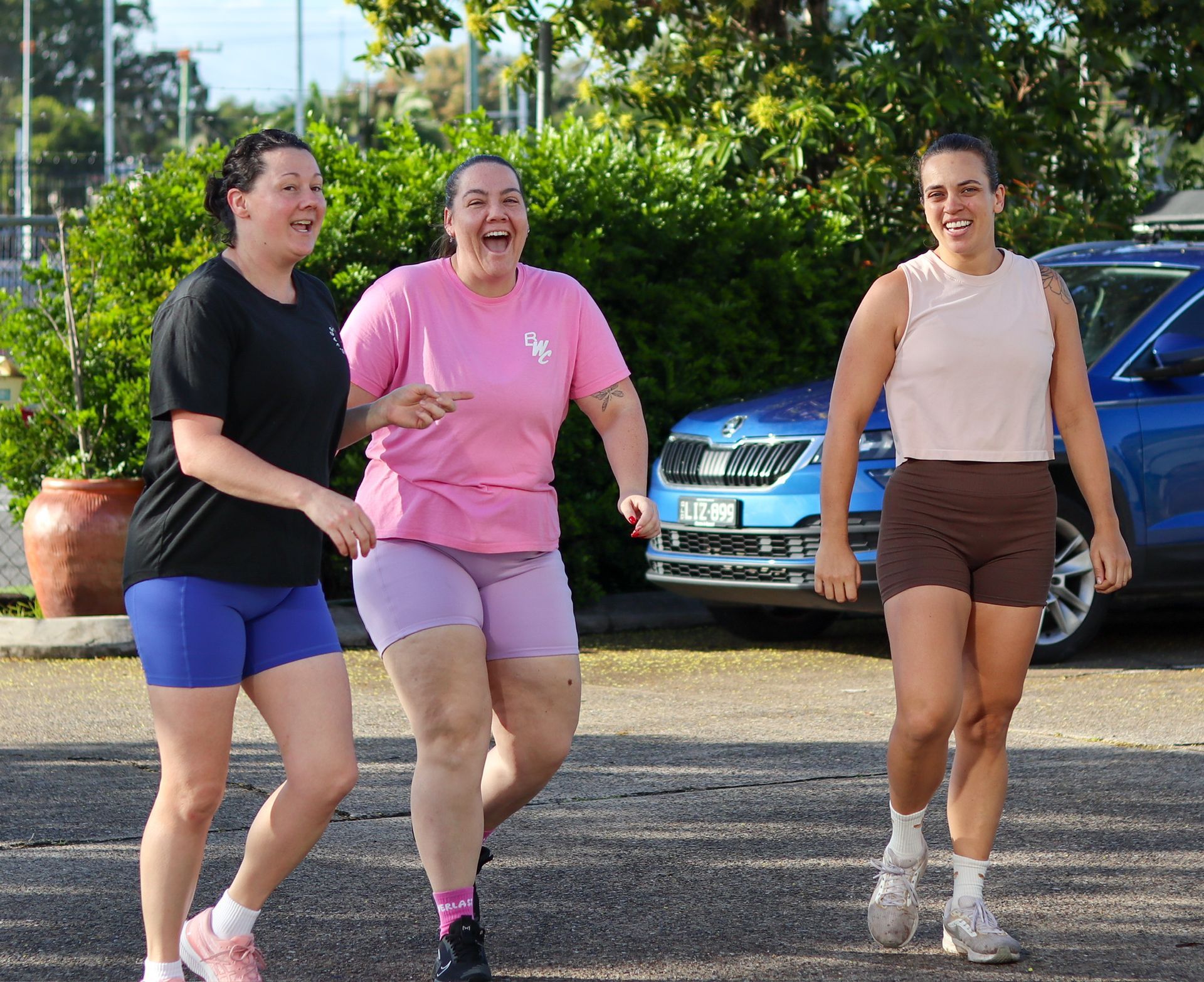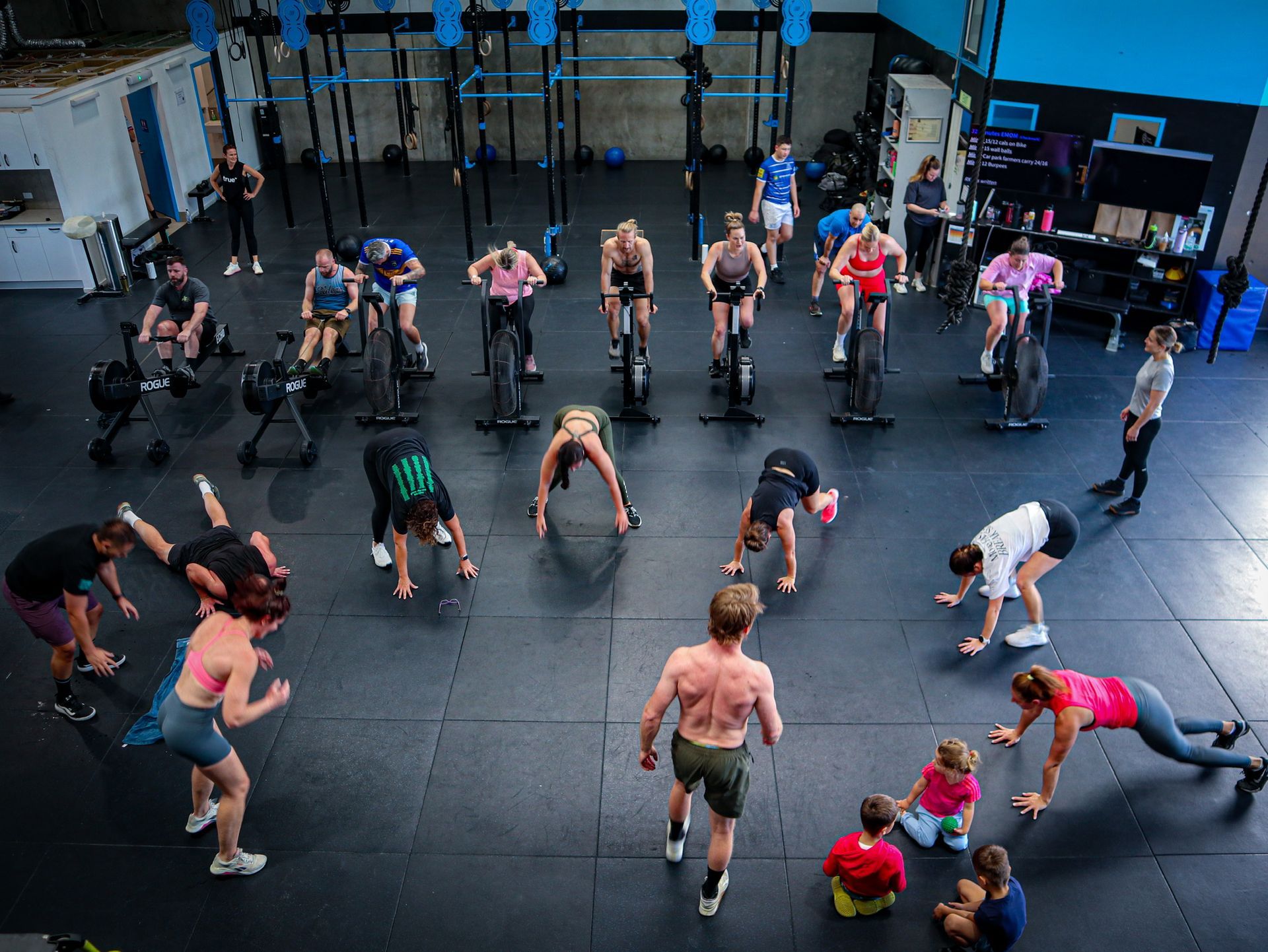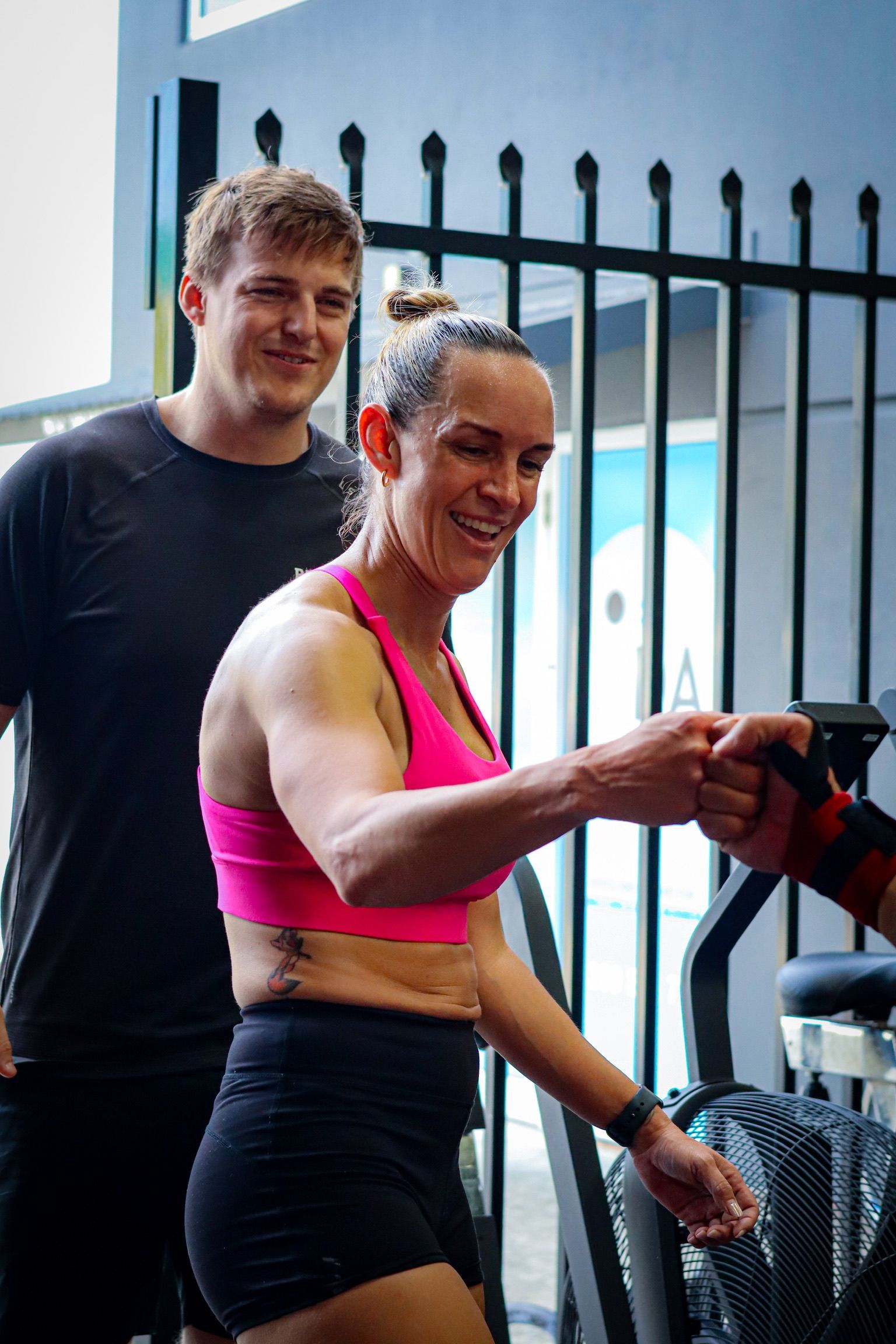The Pros And Cons Of Personal Training: And How To Hit Your Goals
There are many differences between training in a group setting versus training with a personal trainer – and both have many benefits and some drawbacks. Personal training and group fitness offer different benefits – what you need will dictate what is more effective for you. There are excellent personal trainers and excellent group coaches in the industry – but there are also bad PTs and bad group training facilities. While the two are not mutually exclusive – many programmes supplement one another, this week on the Rebuild Health & Fitness podcast, the coaches are talking about which suits what goals. Personal training – getting coached in a one-on-one setting - offers individuals personalised programming to suit your goals. It’s a great starting point if you’re nervous about joining a gym or are unfamiliar with a style of exercise. It’s also beneficial if you have outcome-based goals, like building up to a pull-up or hitting a set weight on a lift. Here are some of the pros and cons of personal training to consider. The benefits:Benefits to personal training are plentiful – you get more coaching time, so you can be sure that you’re moving correctly, provided you have a good personal trainer.There’s flexibility in scheduling too – personal training can be based around the times suited to the client. James says: “You do have more individualised programming, more individualised coaching and more coaching minutes per hour.” Personal training will get you bigger results, faster than training in a group setting. Stylised programming will get your results quicker as you’re getting direct input from the coaches. Sean says the relationship building and companionship is also a positive for personal training. He says: “A big one is that you get to develop a genuine relationship with a person. You are getting that personal touch – you get to know them; it almost becomes like a therapy session for some people. It gives someone you can trust and vent to.” Darius, a Rebuild coach and personal trainer says one big benefit is that programmes can be adapted to suit the person’s needs on the day. He says: “You might have something programmed for that day – but they walk in and you can see and understand that they’re not in the mindset for that given task, so you’re able to adjust that session and still get a result from it.” Sean explains one client he had was a member that had been training at the gym for years, however had to stop training after getting sick – and needing surgery on her spinal cord. Personal training enabled the client to return gently to training without pushing too hard, improving strength and mobility in her back. Sean explains: “One of her biggest goals was getting back into the group fitness style of training. But after going through that surgery and recovery she just wasn’t ready for that, so one of our processes was gradually just building up her strength with the end goal in mind. And we got there – we also were reframing her mentality. One of the biggest things, is when you get injured, you aren’t going to be able to do what you want to do – you feel like your body has failed you. Having someone to guide you through that process gets you that valuable experience and that’s a very powerful tool.” The drawbacks:The main downside of personal training is cost. You are paying for a one-on-one session and program to be created based on your goals. But as James says, “People who pay, pay attention”. Personal training can add up – and one session per week is just not going to cut it to make progress for most people. Sean explains: “That’s a big one - thinking one or two PT sessions a week is enough to make good progress – it might be initially but long-term you need more than that.” Personal training improves your bond with a coach, however, there are fewer social aspects, as we see in Rebuild – members bond in classes and group settings.Because of the intimate relationship with trainer and client, it can feel difficult to stop personal training. James says: “It sometimes is harder to stop, because you build up that relationship with your PT so much – that you may not be getting what you need from that trainer anymore or your results might have slowed or things have got stale – because you maybe love the PT and have built this connection with them that it’s hard to quit.” There’s also the matter of quality – a good PT can get you excellent progress, but a bad PT can do damage. Sean says: “We’re assuming that all PTs are great, but the fact of the matter is, there’s a massive quality control issue within the industry. There are a lot of poor PTs in the industry – there are good ones, but there are a lot of poor ones and quite often people get paired with the poor ones. “Just because you like the PT as a person, doesn’t mean they’re a good PT.” There are many benefits to group training, personal training and various exercises - it's important to find what's right for you. Personal training is ideal for those who are new to a gym, coming back from an injury or looking to hit a certain goal. Tune in to the Rebuild Health & Fitness podcast for more insight into personal training, group training and mentality around it.
Previous Blogs




